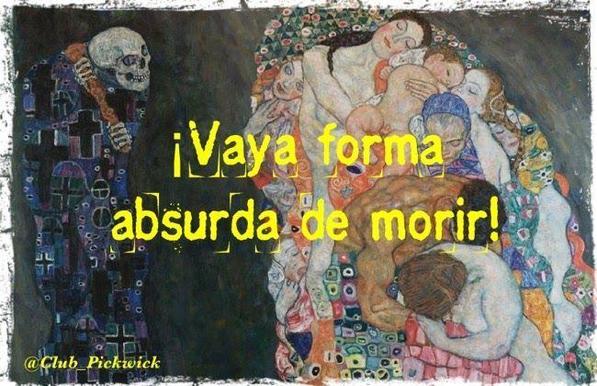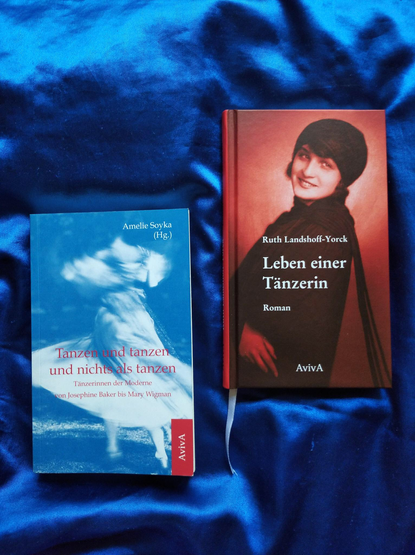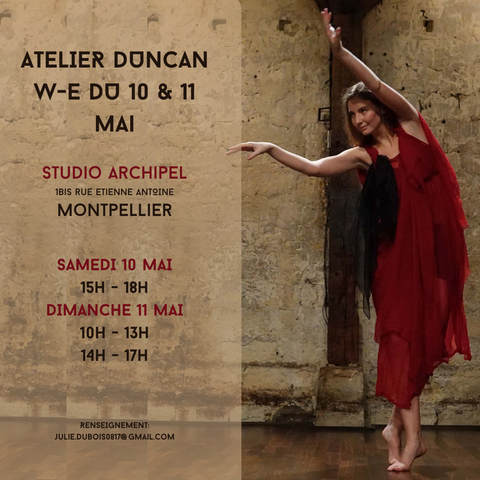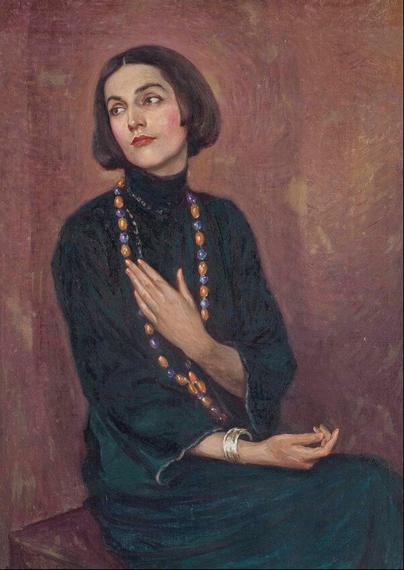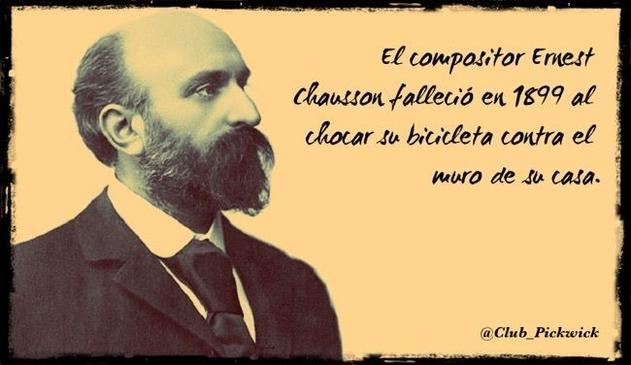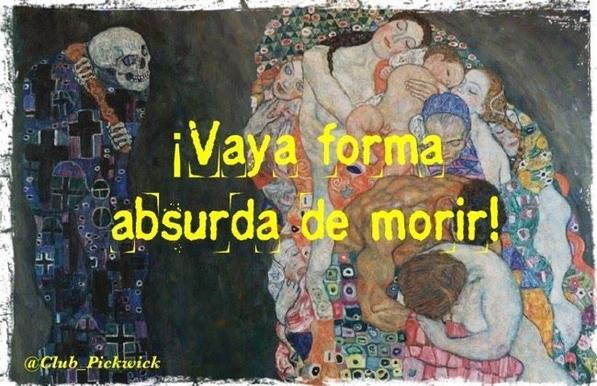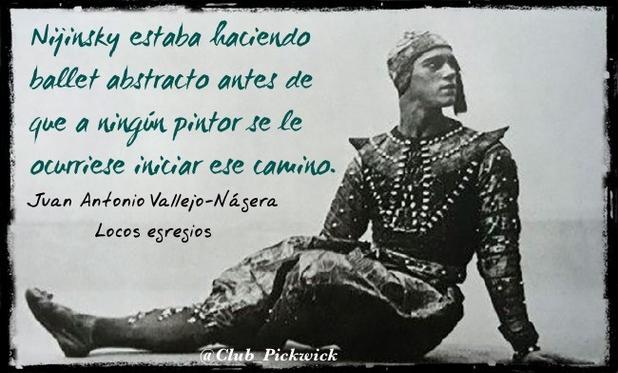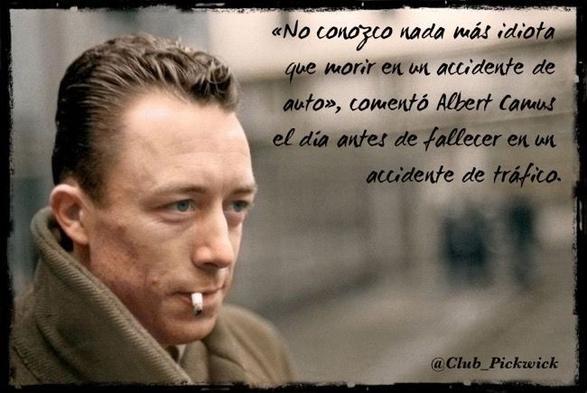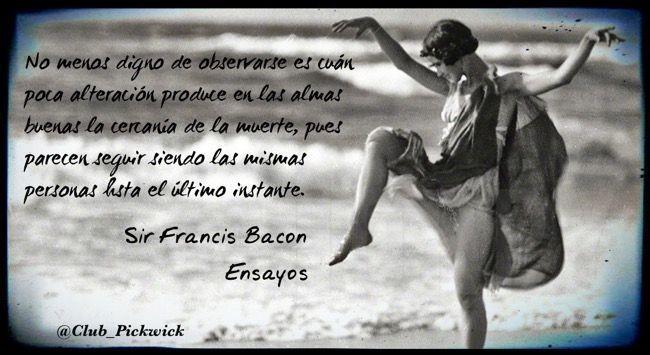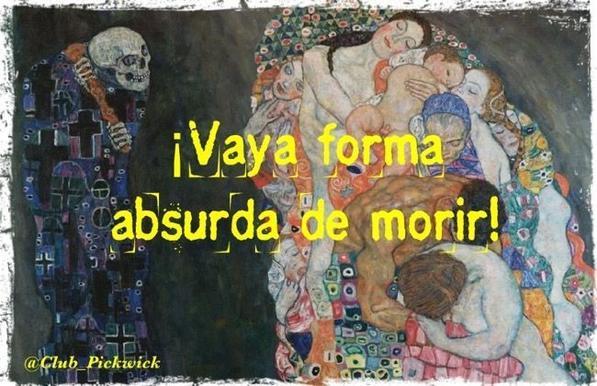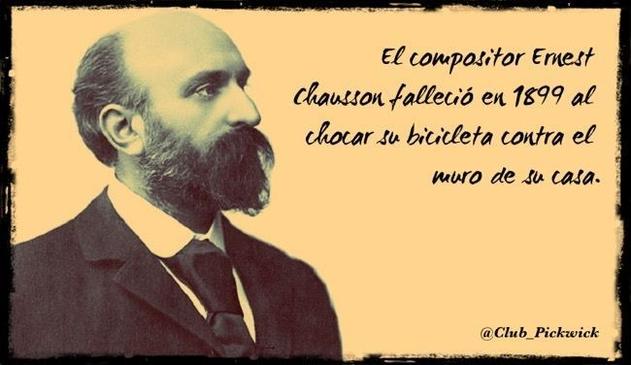¡Vaya forma absurda de morir! 🎼📚 https://letrasprestadas-clubpickwick.blogspot.com/2024/06/vaya-forma-absurda-de-morir.html Te invito a conocer de qué forma tan peculiar, absurda e inesperada fallecieron algunos creadores, dejando su vida y su obra inacabadas. Nos acompañan #Esquilo, #Lully, #Bacon, #Chausson #Camus e #IsadoraDuncan
#IsadoraDuncan
Isadora Duncan started teaching dance classes when she was 14 years old.
10 things you might not know about her on her birth anniversary.
https://topicaltens.blogspot.com/2025/05/27-may-isodora-duncan.html
Heute ist Welttag des Tanzes!
Wie wäre es mit Ruth Landshoff-Yorcks Roman "Leben einer Tänzerin" (Hg. Walter Fähnders) als passender Lektüre? Und im Juni erscheint die Neuauflage von "Tanzen und tanzen und nichts als tanzen" (Hg. Amelie Soyka).
https://www.aviva-verlag.de/programm/leben-einer-t%C3%A4nzerin-2023/#cc-m-product-12018503621
"Tanzen und tanzen und nichts als tanzen": https://www.aviva-verlag.de/programm/tanzen-und-tanzen/#cc-m-product-9120430221
#welttanztag #RuthLandshoffYorck #josephinebaker #marywigman #isadoraduncan #anitaberber #palucca #valeskagert #tanzen #tanzentanzentanzen #avivaverlag
💃 ATELIER DUNCAN - 10 & 11 MAI
Studio Archipel (Montpellier)
Ces ateliers sont une ouverture vers l'univers d'Isadora Duncan et plus largement du mouvement libre. Je vous propose une plongée à la fois sensorielle et historique à la (re)découverte du travail d'une des plus importantes danseuses modernes de notre histoire. Ces deux jours sont conçus tel un flux continu au sein desquels je vous guiderai dans cette technique et ce répertoire.
Mars danse, clown et poésie 🌱🌱🌱
✊🏻 8 "ReLiées" 19h30 Printemps des poetesses Bib de Tournai
📚 14 Foire du Livre 17h Dédicaces
🌈 18 "Chair Poétique" 19h30 @maisondelafrancite avec @lauraschlichter et Eva Mancuso
💃 20 "Sa Vie" 20h15 CC Athus #isadoraduncan
🍭 22 Cosmodelyk Festival : "Pénélope", tambourin et Patshiva Cie
🦚 29 Soirée Booklegs 20h Paris Librairie Wallonie-Bruxelles
On s’y croise? On Carnaval Sauvage ? Vive le printemps pour cultiver joie et résistance aux ordres mortifères!
Isadora Duncan (1877—1927) was an American dancer whose teaching and performances helped to free ballet from its conservative restrictions.
As a child she rejected the rigidity of the classic ballet and based her dancing on more natural movements, an approach she later used in her interpretations of the works of Brahms, Wagner, and Beethoven. Her earliest public appearances, in New York City, met with little success, and at the age of 21 she left the United States.
Through the patronage of the celebrated actress Mrs. Patrick Campbell, she was invited to appear at the private receptions of London’s leading hostesses, where her dancing enraptured those who were familiar with the conventional forms of the ballet. It was not long before the phenomenon of a young woman dancing barefoot crowded theaters and concert halls throughout Europe. She made her first tour of Russia in 1905. Duncan toured widely, and founded dance schools in Germany, Russia, and the United States.
Her private life kept her name in the headlines owing to her constant defiance of social taboos. The father of her first child was the stage designer Gordon Craig, who shared her abhorrence of marriage; the father of her second child was Paris Singer, the heir to a sewing machine fortune. In 1913, the car in which her two children were riding in Paris rolled into the Seine River and they were drowned. In 1920 in Moscow, she met Sergey Aleksandrovich Yesenin, a poet. She married him in 1922 in order to take him with her on a tour of the United States. Fear of the “Red Menace” was at its height, and she was unjustly labeled as Bolshevik agents.
During the last years of her life Duncan was living precariously in Nice, France, where she met with a fatal accident: her long scarf became entangled in the wheel of her car and she was strangled.
Painting : A portrait of Duncan, by Paul Swan
#isadoraduncan #dance #history #womenshistory #womeninart #womenfromhistory
⭐️⭐️⭐️⭐️⭐️⭐️⭐️
Rewatched this #film from director #KarelReisz that I loved when I was young. It's not as good as I remembered but can see why I was taken with it. The Loves of #Dancer #IsadoraDuncan. #VanessaRedgrave received an #OscarNomination
¡Vaya forma absurda de morir! ⚰️🚑🚲 https://buff.ly/3Vrgz9P Te invito a conocer de qué forma tan peculiar e inesperada fallecieron algunos grandes creadores, dejando su vida y su obra inacabadas. Nos acompañan #Esquilo, #Lully, #Bacon, #Chausson, #Camus e #IsadoraDuncan
¡Vaya forma absurda de morir! ⚰️🚑🚲 https://buff.ly/3Vrgz9P Te invito a conocer de qué forma tan peculiar e inesperada fallecieron algunos grandes creadores, dejando su vida y su obra inacabadas. Nos acompañan #Esquilo, #Lully, #Bacon, #Chausson, #Camus e #IsadoraDuncan
¡Vaya forma absurda de morir! ⚰️🚑🚲 https://buff.ly/3Vrgz9P Te invito a conocer de qué forma tan peculiar e inesperada fallecieron algunos grandes creadores, dejando su vida y su obra inacabadas. Nos acompañan #Esquilo, #Lully, #Bacon, #Chausson, #Camus e #IsadoraDuncan
¡Vaya forma absurda de morir! ⚰️🚑🚲 https://buff.ly/3Vrgz9P Te invito a conocer de qué forma tan peculiar e inesperada fallecieron algunos grandes creadores, dejando su vida y su obra inacabadas. Nos acompañan #Esquilo, #Lully, #Bacon, #Chausson, #Camus e #IsadoraDuncan
¡Feliz día del #Ballet! https://buff.ly/3ewQpB7 Te propongo una mirada hacia este arte en la celebración el 19/11 del #DiaMundialdelBallet con textos y músicas que nos acercan a figuras como #Nijinsky, #IsadoraDuncan o #Nureyev y música de #Tchaikovsky y #Khachaturian
#TalDiaComoHoy 19/11 celebramos el #DiaMundialDelBallet https://buff.ly/3ewQpB7 Te propongo una mirada hacia este arte con textos y músicas que nos acercan a figuras como #Nijinsky, #IsadoraDuncan o #Nureyev y música de #Tchaikovsky y #Khachaturian
¡Feliz día del #Ballet! https://buff.ly/3ewQpB7 Te propongo una mirada hacia este arte en la celebración el 19/11 del #DiaMundialdelBallet con textos y músicas que nos acercan a figuras como #Nijinsky, #IsadoraDuncan o #Nureyev y música de #Tchaikovsky y #Khachaturian
¡Feliz día del #Ballet! https://buff.ly/3ewQpB7 Te propongo una mirada hacia este arte en la celebración el sábado del #DiaMundialdelBallet o cualquier otro momento, con textos y músicas que nos acercan a figuras como #Nijinsky, #IsadoraDuncan o #Nureyev y música de #Tchaikovsky y #Khachaturian
#Camus nos dejó en un accidente de tráfico 😖 https://buff.ly/3Vrgz9P Te invito a conocer de qué forma tan peculiar e inesperada fallecieron algunos grandes creadores, dejando su vida y su obra inacabadas. Nos acompañan #Esquilo, #Lully, #Bacon, #Chausson e #IsadoraDuncan
Son las mismas personas hasta el último instante #Bacon 😣😖 https://buff.ly/3Vrgz9P Te invito a conocer de qué forma tan peculiar e inesperada fallecieron algunos grandes creadores, dejando su vida y su obra inacabadas. Nos acompañan #Esquilo, #Lully, #Chausson, #Camus e #IsadoraDuncan
¡Vaya forma absurda de morir! 😣😖 https://buff.ly/3Vrgz9P Te invito a conocer de qué forma tan peculiar e inesperada fallecieron algunos grandes creadores, dejando su vida y su obra inacabadas. Nos acompañan #Esquilo, #Lully, #Bacon, #Camus, #Chausson e #IsadoraDuncan
El primer –¿y único?- compositor que falleció por su bicicleta #Chausson 😣😖 https://buff.ly/3Vrgz9P Te invito a conocer de qué forma tan peculiar e inesperada fallecieron algunos grandes creadores, dejando su vida y su obra inacabadas. Nos acompañan #Esquilo, #Lully, #Bacon, #Camus e #IsadoraDuncan
¡Vaya forma absurda de morir! 😣😖 https://buff.ly/3Vrgz9P Te invito a conocer de qué forma tan peculiar e inesperada fallecieron algunos grandes creadores, dejando su vida y su obra inacabadas. Nos acompañan #Esquilo, #Lully, #Bacon, #Chausson, #Camus e #IsadoraDuncan
